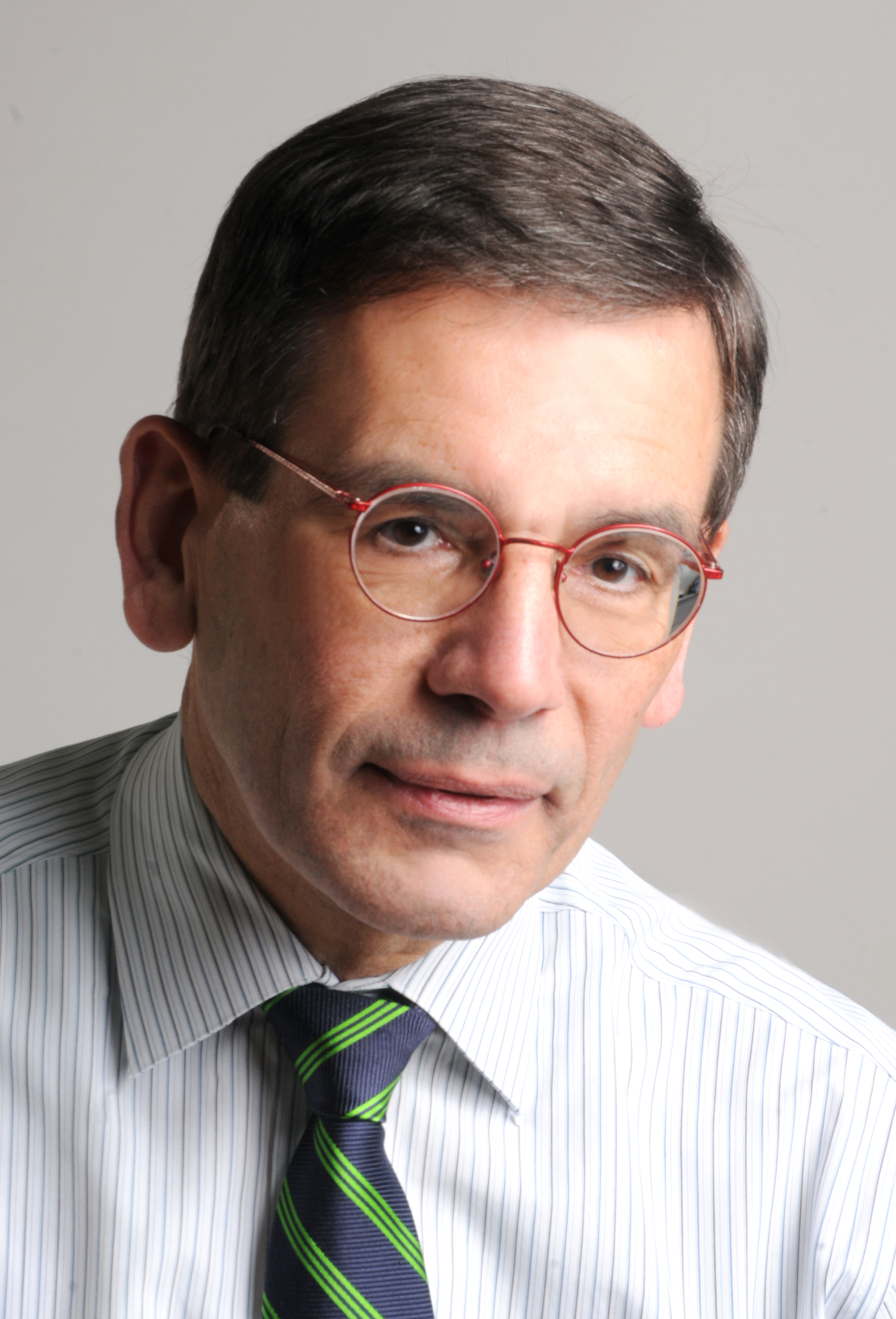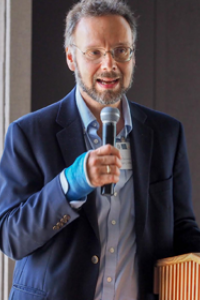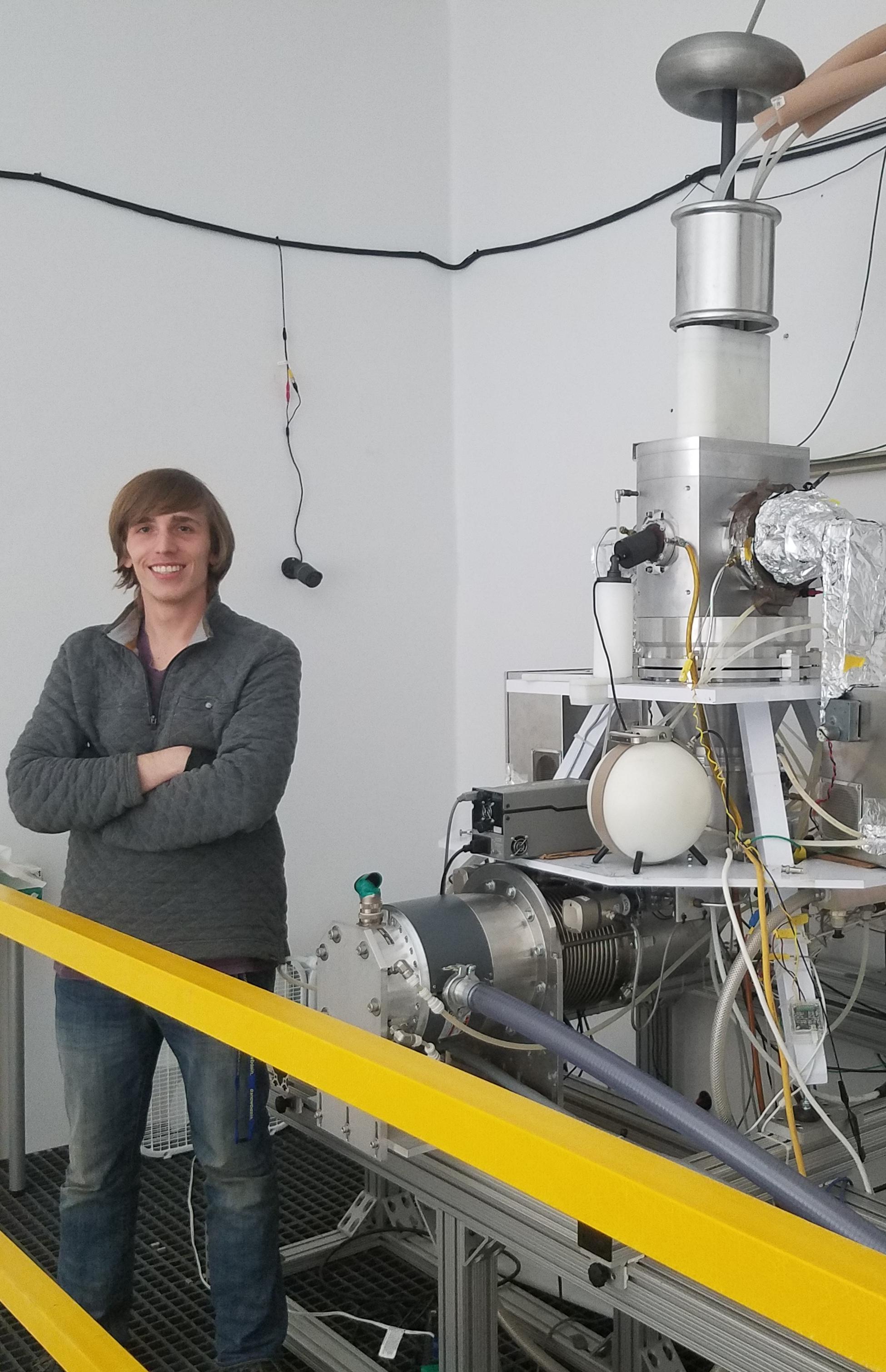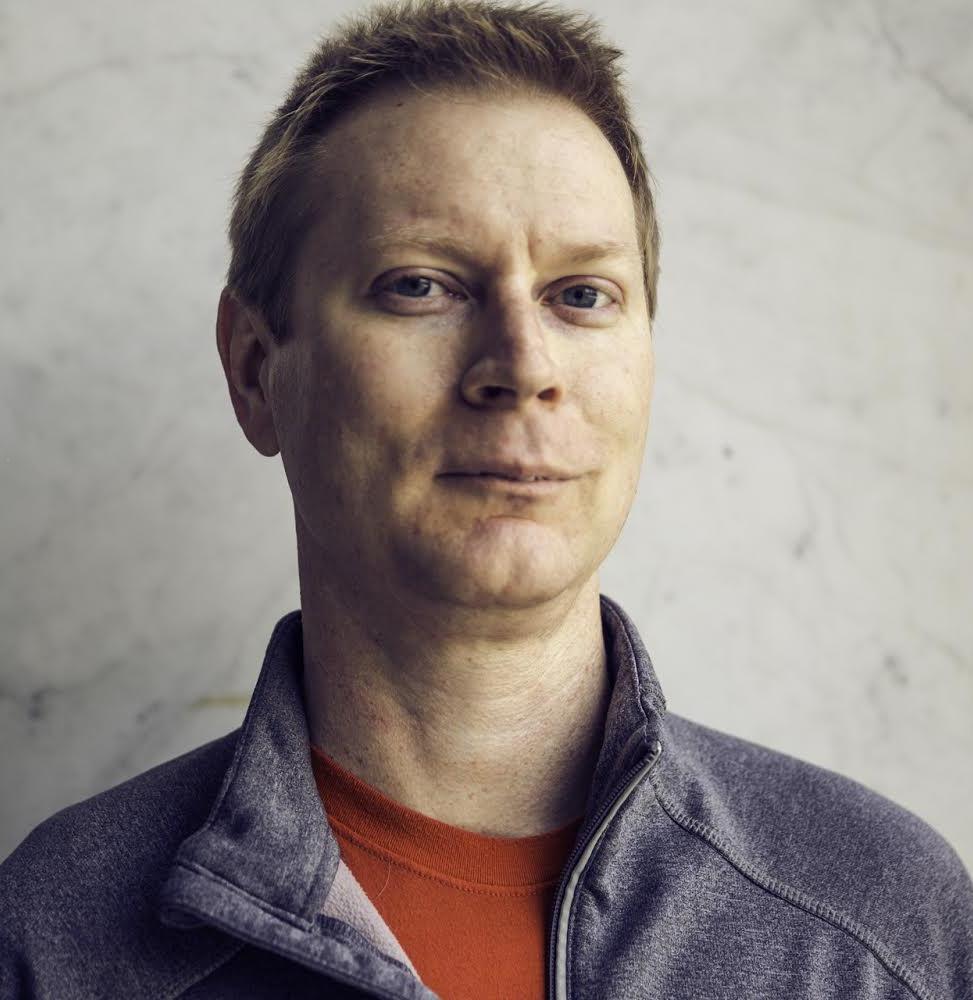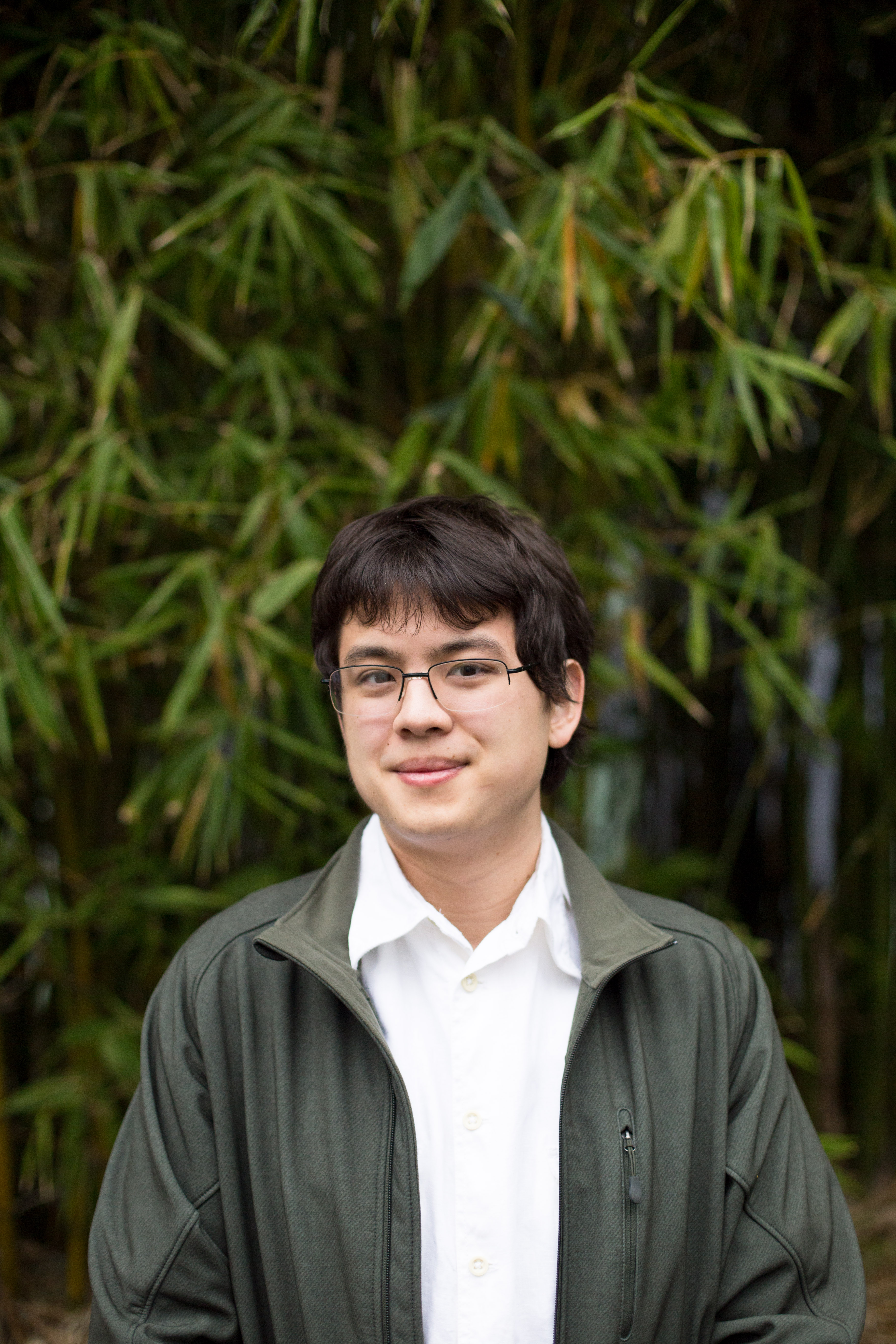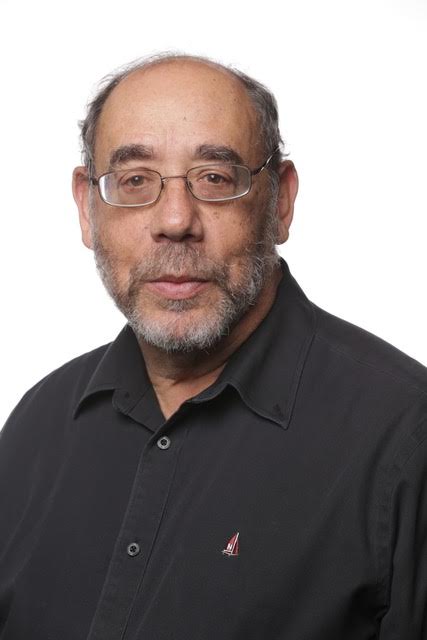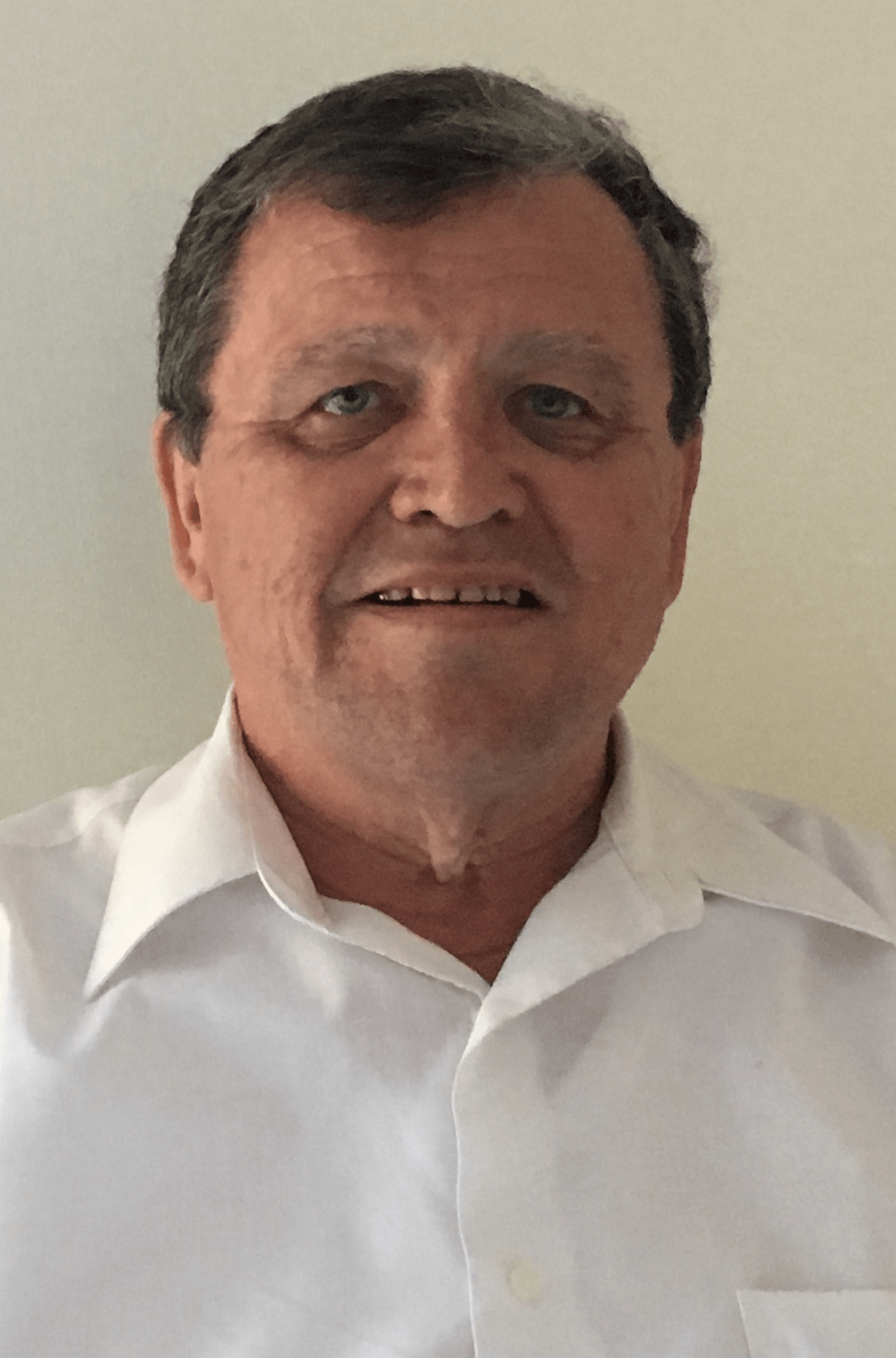Current Research
-

-
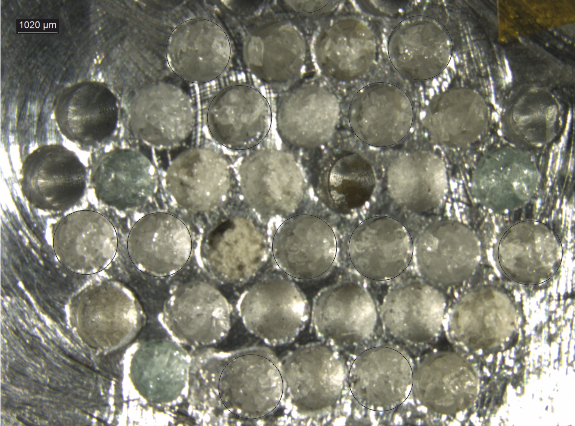
First Volcanic Samples Dated Using HFNG
Campanian Ignimbrite (57 ka), Alder Creek Sanidine (1.2 Ma) and Vesuvian eruption (1939 a) samples of various grain sizes (from <15 to 125 μm) were successfully dated with the Ar/Ar technique using the HFNG.
-

Measuring the 39K(n,p) Cross-Section
The quasi-monoenergetic neutron spectrum of the HFNG is appealing for geochronology because contaminant nuclear reactions are minimized, improving the precision of the technique. However the reaction cross-section is poorly known in this region, which impacts experiment planning and optimization.
-
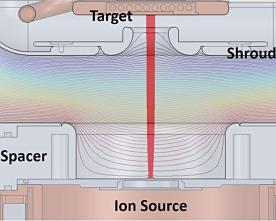
Ion Beam Optics Optimization
Deuterium ion beam optics were optimized by simulations for various extraction configurations in order to achieve a uniform neutron flux distribution and an acceptable heat load. Also, experiments were performed in order to benchmark the modeling and characterization of the HFNG.
-
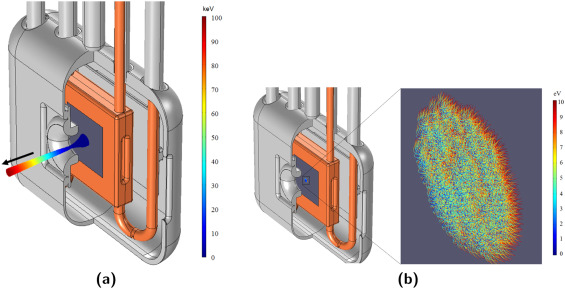
-
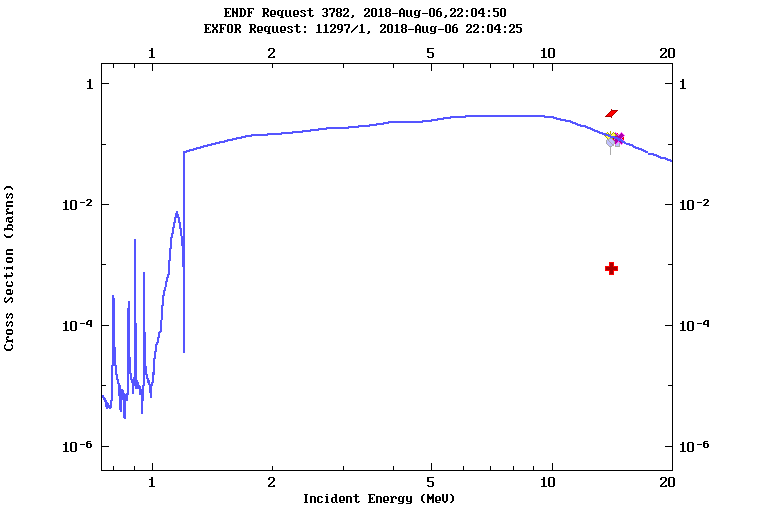
35Cl(n,p) Cross-Section Measurements
The (n,p) and (n,a) reaction cross-sections were measured for 5 natural chlorine samples in the 2.4-2.8 MeV neutron energy range. These measurements are essential to the design of chloride-based molten salt reactors because they determine the level of chlorine-37 enrichment required for criticality.
-
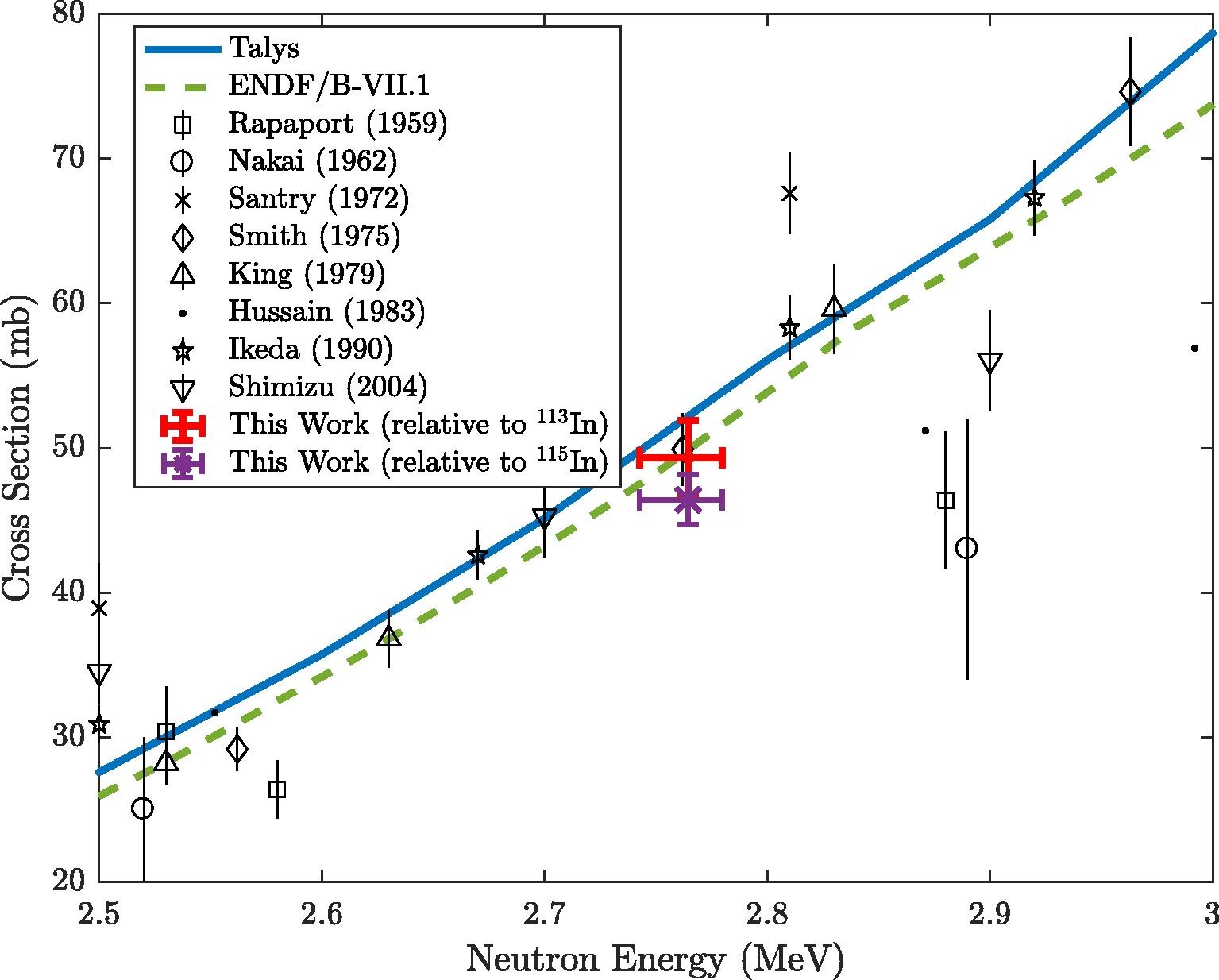
47Ti(n,p)47Sc and 64Zn(n,p)64Cu Cross-Section Measurements
Cross sections for the 47Ti(n,p)47Sc and 64Zn(n,p)64Cu reactions have been measured for quasi-monoenergetic DD neutrons produced by the HFNG. The study was motivated by interest in the production of 47Sc and 64Cu as emerging medical isotopes, highlighting the utility of compact, DD-based neutron sources for the production of radionuclides for medical applications.
-
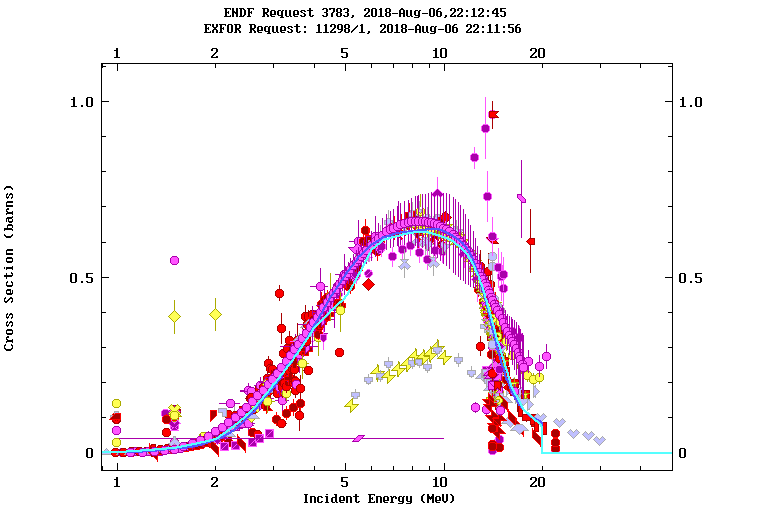
natNi(n,p) Cross-Section Measurements
The natNi(n,p) reaction is a common fast neutron fluence monitor due to its high cross-section and long half-life. The HFNG has been adapted to perform high-resolution cross-section measurements, and the Ni(n,p) reaction was measured as a test of this capability.
